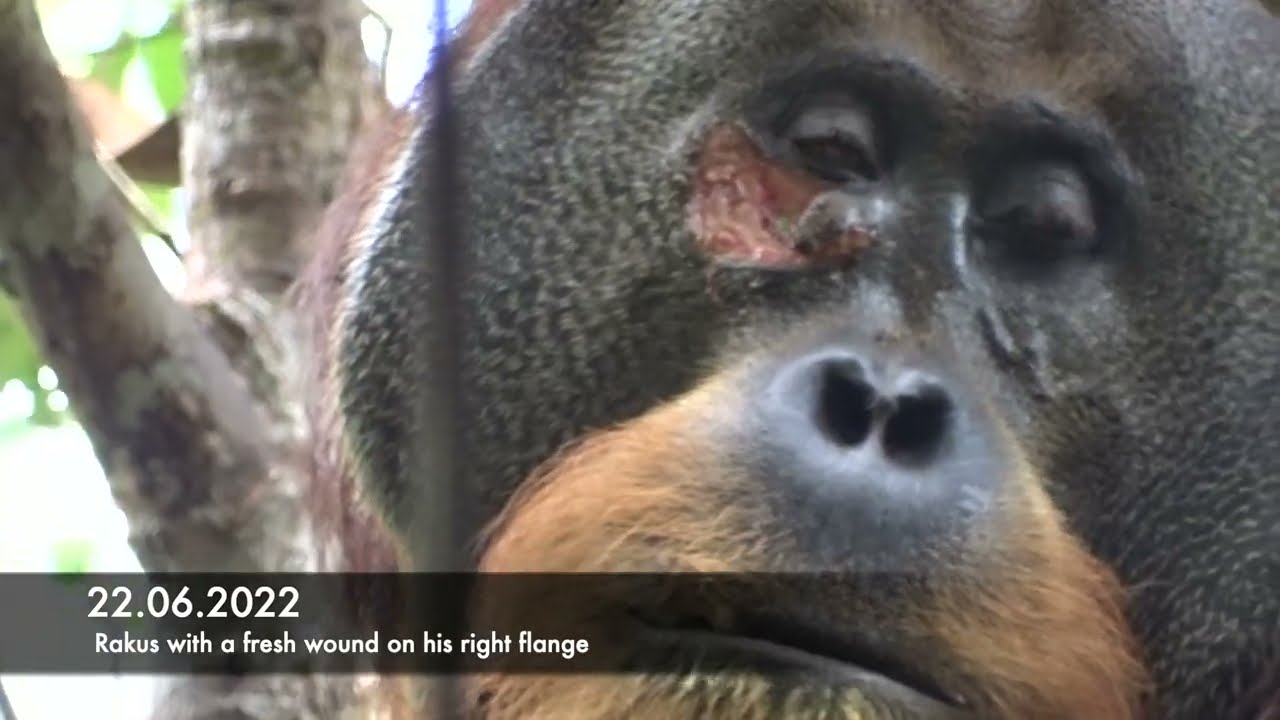
Chimpanzees Exhibit Social Healthcare Behaviors, Shedding Light on the Evolutionary Foundations of Human Medicine
Nestled in Uganda’s Budongo Forest, researchers have documented an extraordinary behavior among our nearest living relatives: chimpanzees not only administer medical care to their own injuries with the help of medicinal plants, but they also provide this care to injured individuals within their social groups. This remarkable indication of what scientists have termed “prosocial healthcare” — concern for the health of others — was recently reported in the scientific publication Frontiers in Ecology and Evolution.
Directed by Dr. Elodie Freymann from the University of Oxford, the study underscores the intelligence and social insight of chimpanzees. “Our findings help clarify the evolutionary foundations of human medicine and healthcare practices,” remarked Dr. Freymann. “By documenting how chimpanzees recognize and use medicinal flora to care for others, we garner understanding into the cognitive and social characteristics underlying human healthcare actions.”
The Craft of Chimpanzee First Aid
In numerous recorded cases, chimpanzees were observed executing careful and intentional healthcare actions. One adult male, identified as KO, was seen meticulously peeling leaves from the Argomuellera macrophylla plant and chewing the bark to fashion a poultice, which he subsequently applied to a wound on his knee. In another instance, a young female mimicked this caregiving technique on her mother after witnessing it in action.
These actions are not coincidental. Based on over three decades of field studies complemented by video documentation, chimpanzees from two distinct Ugandan communities — Sonso and Waibira — demonstrated a variety of advanced healing practices:
– Licking wounds, likely to cleanse and disinfect them using antimicrobial saliva.
– Applying saliva-moistened fingers to injuries.
– Utilizing chewed leaves and bark as natural compresses for wounds.
– Placing plant materials directly onto open wounds.
– Engaging in cleaning routines with leaves, including hygiene after mating.
Even more intriguing is the selection of plant species employed by the chimpanzees. Many of these, such as Acalypha sp., Alchornea floribunda, and Pseudospondias microcarpa, have recognized medicinal properties and are similarly applied in traditional human medicine throughout Africa.
Proof of Prosocial Healing Actions
Among the most remarkable discoveries were seven recounts of chimpanzees caring for the injuries of their companions. While one might expect kin to attend to one another, over half of these interactions were with non-relatives. This prosocial action — aiding others without any direct personal or genetic advantage — suggests deeper emotional and cognitive mechanisms such as empathy and altruism.
Dr. Freymann observes that these actions imply chimpanzees can detect distress in others and take initiative to alleviate it, a capacity once believed to be exclusive to humans and possibly several other highly intelligent species such as elephants and dolphins.
Interestingly, the caregivers comprised a diverse range of individuals — adult males assisted injured females, mothers cared for juveniles, and even younger chimps exhibited caregiving behaviors typically associated with adult cognition.
Responses to an Adverse Environment
This caregiving may, in part, be an adaptive reaction to the frequent injuries encountered by wild chimpanzees, especially those resulting from human intervention. In regions of Uganda like the Budongo Forest, humans set traps intended for different animals, but chimpanzees often fall victim. Researchers estimate that nearly 40% of certain chimpanzee communities show visible injuries from snares.
In this light, the emergence of treatment-like behaviors may at least partly be a reaction to increased injury risk, fostering a need for collective care strategies. Observations of individuals attempting to free their peers from snares further uphold this notion. This undertaking requires significant cognitive processing: identifying a problem, understanding a solution, and coordinating action — all without any immediate personal reward.
The Evolutionary Source of Medicine and Empathy
So what motivates these primates to come into contact with open wounds or dedicate time to aiding others? Researchers attribute this behavior to empathy — a fundamental component of human altruism and a cornerstone of our societal cohesion and organized medical systems.
These observed behaviors imply that medicine-like practices didn’t exclusively originate with humans. Instead, they could have developed gradually in our shared primate ancestry as early forms of care for the injured and ill, offering both social and health-related benefits.
If concern for unrelated individuals persists through generations, it challenges long-held beliefs about what makes us uniquely human. Could healthcare, paralleling language and culture, have origins that reach further back into our evolutionary timeline than was previously contemplated?
Continued Research and Conservation Insights
While this investigation provides compelling preliminary evidence, the researchers recognize there remains much to uncover. The differing habituation levels of the two studied chimpanzee groups may influence the frequency of observed caregiving behaviors, and additional field studies are required to grasp the complete extent of chimpanzee healthcare practices.